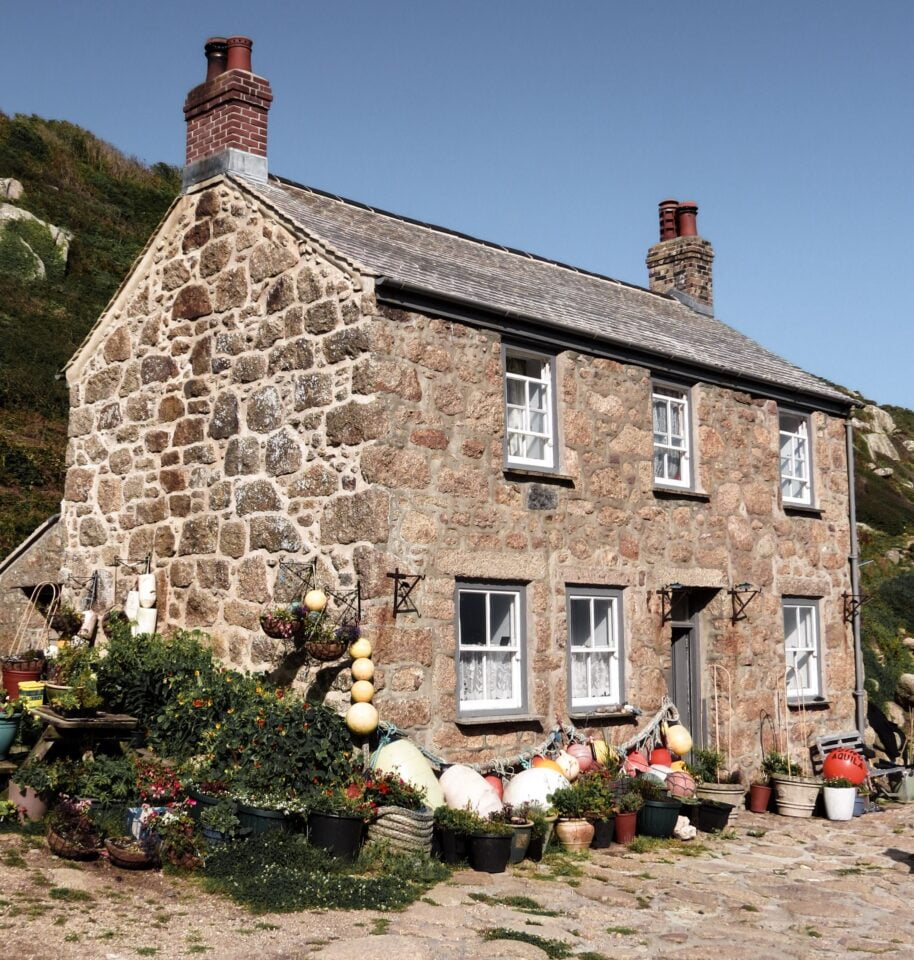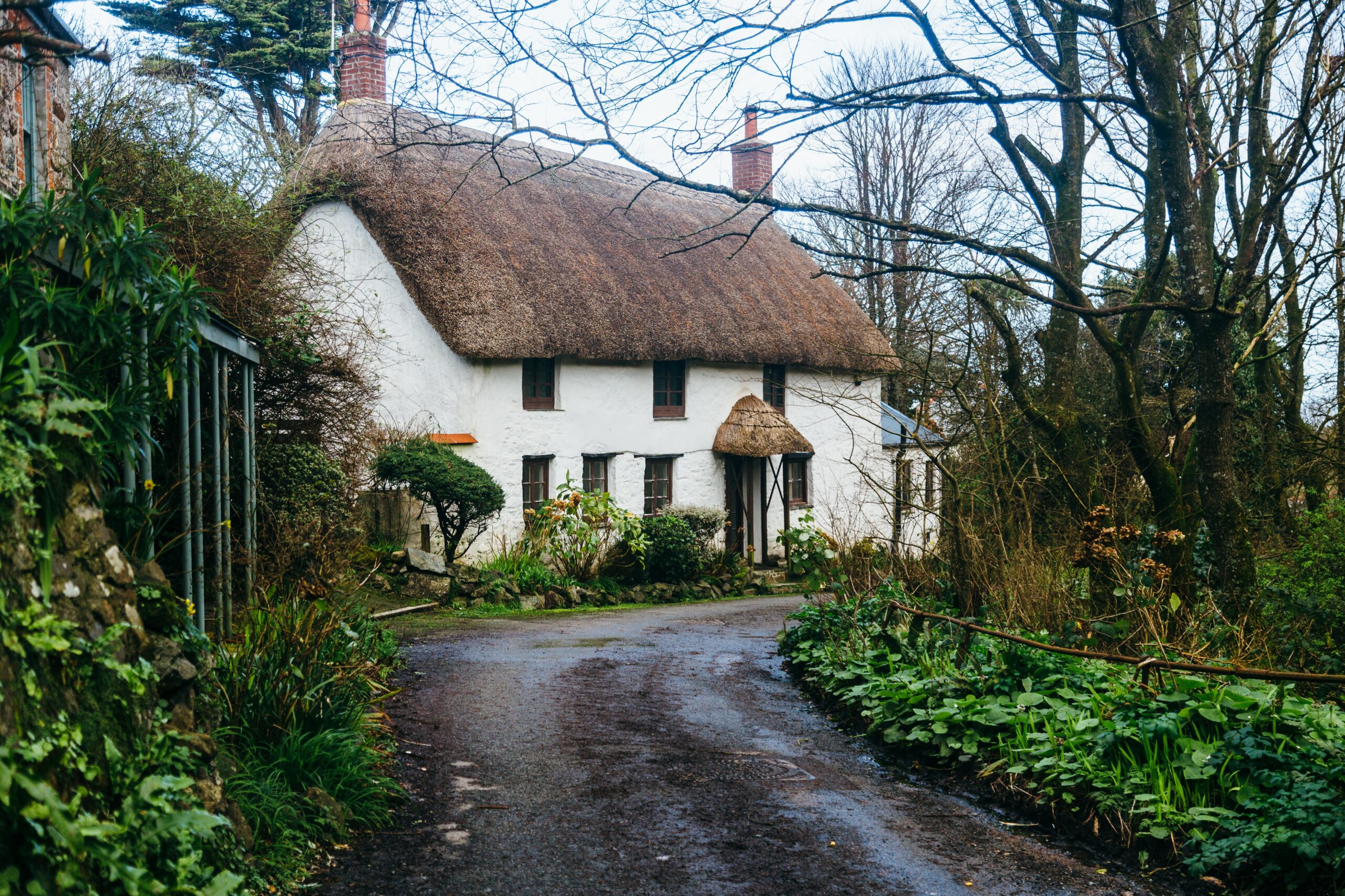The cost to rebuild your house for insurance purposes is based on your house being rebuilt from scratch.
The rebuild cost of your house for insurance purposes is based on your house being rebuilt from scratch.
Your rebuild cost differs to the market value. It’s important to make sure this figure is accurate to avoid being over insured or worse, underinsured.
If you’ve recently bought your home, the rebuild cost should be on your mortgage valuation or deeds.
What’s included in the rebuild cost?
Your rebuild cost should include any professional fees associated with rebuilding, the cost of clearing the site, delivering new materials and if necessary storing them at the site.
As well as:
- The structure of the home
- Fixtures and fittings e.g., kitchens, bathrooms
- Oil & gas tanks and cesspits
- Permanent swimming pools
- Tennis hard courts
- Walls, gates, fences and hedges
- Terraces and patios
- Drives and paths
- Car ports and garages
- Sheds, greenhouses, summer houses and other buildings
How do I calculate the rebuild cost of my house?
If you own a standard, brick-built home, there are two ways to calculate your rebuild cost:
- Use the Building Cost Information Service’s house rebuilding cost calculator
- Hire a chartered surveyor from a RICS regulated firm to carry out a professional assessment

If your home is:
- A listed building
- Made of stone
- Difficult to reach
- Eco-friendly
- Constructed before WWII
- Altered
- Used for a different purpose
- Has extensive external features or outbuildings
- Updated with expensive fixtures and fittings
Or, if 10 years have passed since your property has had a professional building insurance valuation, it’s important to arrange a Reinstatement Cost Assessment (a professional rebuild valuation) from a RICS regulated firm.

Is my building listed?
To find out if you live in a listed building, go to the relevant website for your country:
- Historic England (England)
- Historic Environment Scotland (Scotland)
- Cadw (Wales)
- Department for Communities (Northern Ireland)
Next steps
- Contact us to discuss your property and whether you would require a Reinstatement Cost Assessment
- Review the rebuild cost of your home each time you renew your insurance
- Update your rebuild cost any time you make changes to your property or its use
- Choose a Major Review on year 3 to keep your valuation accurate





Speak to the Buildings Insurance Valuation experts
If you're looking for a practice that focuses exclusively on buildings insurance valuations, you've come to the right place. We survey all types of property from private homes and blocks of flats to commercial and industrial premises.